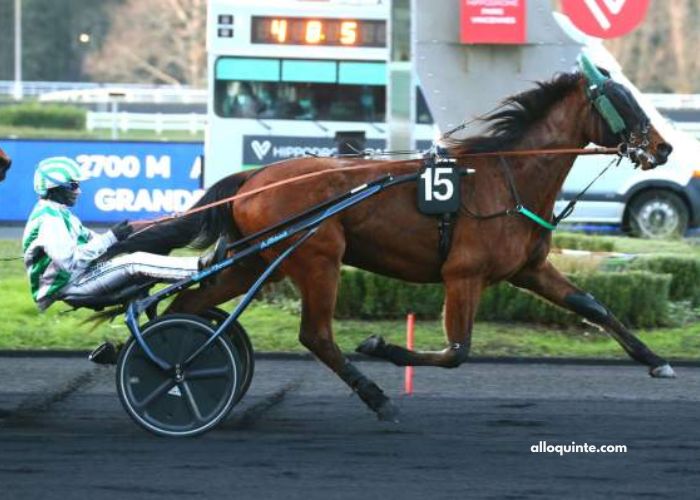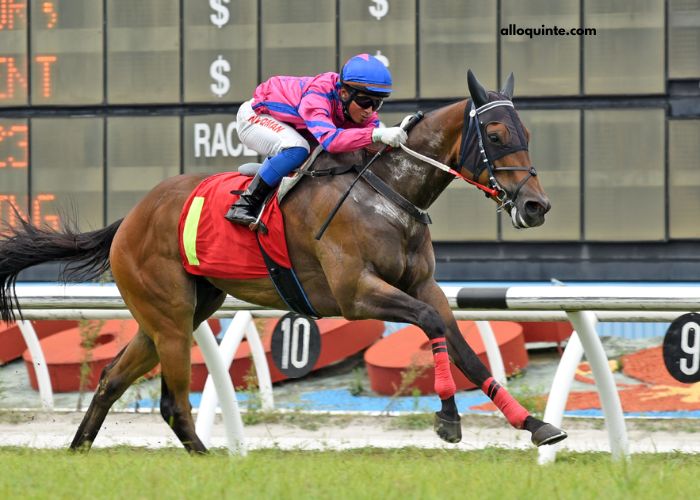In the world of horse racing, understanding various metrics and indicators is key to making informed betting decisions. One of the most significant metrics that bettors should familiarize themselves with is Indice De Forme. This term, which translates to “form index” in English, plays a crucial role in determining the overall performance of horses in races. It is a vital tool for assessing the condition and consistency of a horse over time, providing bettors with a clearer view of how a horse is likely to perform in upcoming races.
Indice De Forme is not only used to evaluate the past performance of a horse but also offers valuable insights into its future potential. For both seasoned and novice bettors, understanding how to interpret and use the Indice De Forme can be the difference between a successful wager and a lost bet. In this article, we will delve deeper into what Indice De Forme is, how it works, and why it is so important in the world of horse racing betting.
What Is Indice De Forme?
Indice De Forme is a performance index used in horse racing to evaluate the form of a horse based on its recent performances. This index takes into account a variety of factors such as the horse’s finishing position in past races, the quality of competition it faced, and the conditions of the race (e.g., track surface, weather conditions, etc.). The Indice De Forme helps bettors determine whether a horse is in good form, meaning it has been performing well and is likely to continue doing so, or if its form has been declining.
The calculation of the Indice De Forme varies depending on the system or method being used. However, in general, it is an aggregate score that combines multiple performance metrics. A higher score indicates that a horse has been performing at a high level recently, while a lower score may indicate that the horse has been struggling in its past races. Bettors often use the Indice De Forme to compare horses in the same race, as it provides a quick snapshot of their recent form and likely performance in the upcoming race.
How Is Indice De Forme Calculated?
Calculating the Indice De Forme typically involves assessing a horse’s recent race results and factoring in various variables such as finishing positions, race distances, and race conditions. Different betting systems and racing organizations may have their own methods for calculating this index, but the fundamental idea remains the same. The most common calculation methods take into account the following factors:
- Finishing Positions: The position in which a horse finishes in a race is the most important factor in calculating its Indice De Forme. A horse that consistently finishes near the top positions will typically have a higher form index.
- Race Competitiveness: The quality of the competition faced by the horse is also considered. A horse that wins a race against strong competitors will usually be given a higher form index than a horse that wins a race against weaker opposition.
- Race Conditions: The conditions of the race, including track surface (e.g., dirt, turf), weather, and distance, also play a role in the calculation. A horse that performs well on different surfaces and in various conditions will often have a higher Indice De Forme.
- Jockey and Trainer Performance: The performance of the jockey and the trainer also influences the Indice De Forme. Horses that are trained by top trainers or ridden by skilled jockeys are more likely to perform well, which is reflected in their form index.
Why Is Indice De Forme Important in Horse Racing?
The Indice De Forme is one of the most valuable tools for horse racing bettors because it provides a comprehensive view of a horse’s recent form. Understanding this index allows bettors to make more informed decisions when placing their wagers. Without the Indice De Forme, bettors would be relying on limited information, such as past wins or a horse’s pedigree, which does not give a full picture of the horse’s current condition.
By using the Indice De Forme, bettors can more accurately predict which horses are likely to perform well based on their recent results. For instance, a horse with a consistently high Indice De Forme is more likely to perform well in its next race, while a horse with a declining form index may be at a disadvantage. The Indice De Forme also helps bettors identify horses that are “on the up,” meaning they are improving in performance and could be ready for a breakout race.
How Can Bettors Use Indice De Forme to Make Better Betting Decisions?
Bettors can use the Indice De Forme to gain a competitive edge by focusing on horses that are in good form and avoiding those that are struggling. One of the most effective ways to use the Indice De Forme is to compare horses within the same race. By assessing the form index of all the horses in the race, bettors can identify the most consistent and in-form contenders.
Another strategy is to look for horses that are showing signs of improving form. A horse that has been performing better in recent races, even if it hasn’t won, may be poised to deliver a strong performance in the upcoming race. This is especially true for horses that have been competing against tougher competition but are now facing weaker opponents. Betting on a horse that is improving can often lead to profitable results, particularly when the odds are in your favor.
Additionally, the Indice De Forme can be used to identify horses that may be underperforming. If a horse with a strong pedigree or history of winning has a low Indice De Forme, it may indicate that something is wrong, such as an injury, poor training, or other factors that are affecting its performance. Bettors who are aware of these potential issues can avoid placing bets on such horses, reducing the risk of a loss.
Can Indice De Forme Be Used for Long-Term Betting Success?
Yes, using the Indice De Forme can contribute to long-term betting success. By consistently evaluating horses based on their form index, bettors can make better predictions over time, which increases the likelihood of successful bets. The key to long-term success is maintaining a disciplined approach to using the Indice De Forme, rather than relying on short-term results or other less reliable factors.
Bettors who focus on horses with strong Indice De Forme scores are more likely to experience consistent results, as these horses are in the best condition to perform well. However, it’s important to note that the Indice De Forme is just one factor in a comprehensive betting strategy. Successful bettors will also consider other elements, such as track conditions, race distance, and jockey performance, in addition to the Indice De Forme, to create a well-rounded approach.
What Are the Limitations of Indice De Forme?
While the Indice De Forme is a valuable tool, it does have its limitations. One limitation is that the index is based solely on recent performance and does not always account for a horse’s potential in certain race conditions. For example, a horse that has been performing well in shorter races may not perform as well in longer races, even though its form index is high.
Another limitation is that the Indice De Forme does not take into account external factors such as the horse’s health or changes in its training regimen. A horse may have a high form index but could still underperform due to an injury or other unforeseen issues. Bettors should be cautious about relying solely on the Indice De Forme and should consider other factors as well when making their bets.
Conclusion
In conclusion, Indice De Forme is a crucial performance index in horse racing that helps bettors evaluate the form of a horse based on its recent performances. By using this index, bettors can make more informed and strategic betting decisions, increasing their chances of success. However, it is important to understand that the Indice De Forme is just one tool in a broader betting strategy. Bettors should consider other factors, such as race conditions and jockey performance, to maximize their chances of winning in horse racing betting.




